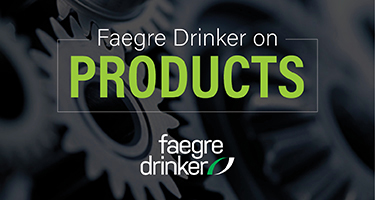When does the statute of repose clock start ticking on a product liability claim involving long-term repeat use of many individually purchased units of a product? According to the Georgia Supreme Court’s decision in Burroughs v. Strength of Nature Global, LLC, __ S.E.2d __, 2025 WL 2918923 (Ga. Oct. 15, 2025), the short answer is that the statute of repose starts anew for each individual unit. But, as Burroughs itself illustrates, that answer creates serious problems that may require the state’s legislature to intervene.
The Burroughs plaintiff alleged she developed uterine fibroids as a result of using chemical hair relaxers manufactured by the defendants repeatedly over nearly two decades. Specifically, she claimed she began using the products in 1995 at the age of six and used them six to eight times per year through 2014 (with one brief hiatus). She developed uterine fibroids in 2018 and filed suit in 2022. The defendants moved to dismiss the plaintiff’s strict liability claims on the basis that they were barred by the statute of repose. Georgia’s product liability statute of repose requires actions to be commenced within 10 years of “the date of the first sale for use or consumption of the personal property causing or otherwise bringing about the injury.” OCGA § 51-1-11(b)(2) (emphasis added). The trial court denied defendants’ motion. The court of appeals reversed, holding the plaintiff’s initial purchase of the first unit of the defendants’ products was a “first sale” that triggered the statute of repose and barred her filing an action more than 10 years later.

